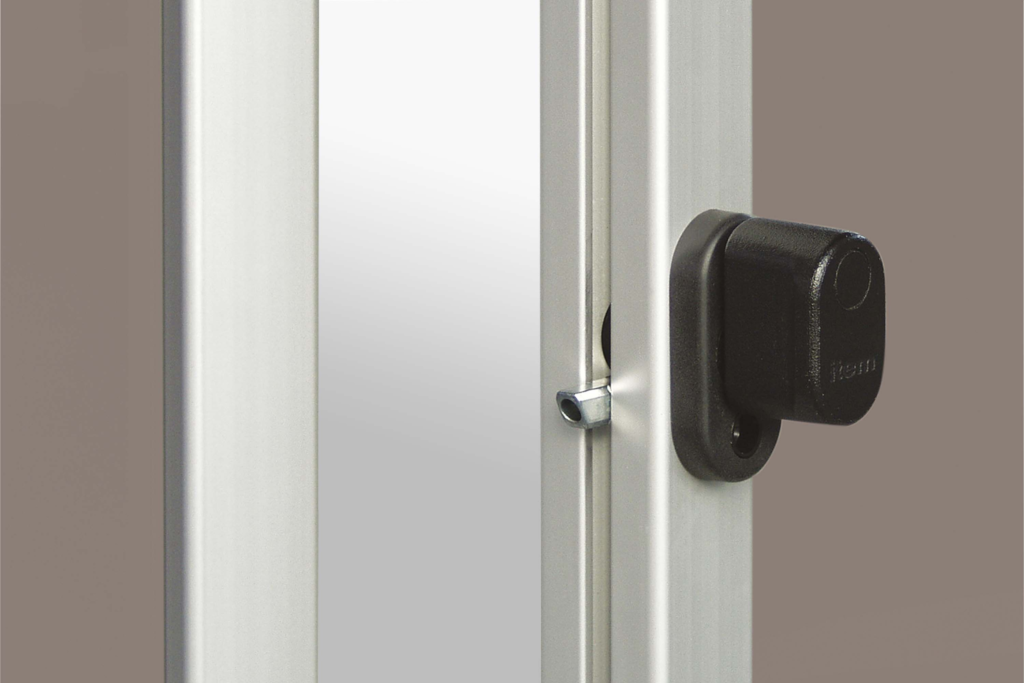Introduction: The Critical Role of The pawls on the lock cylinders should straddle item 7
Locks are integral to the security of everything from personal lockers to high-security buildings. At the heart of many locking mechanisms is a component known as the pawl, which works in conjunction with lock cylinders. A particular aspect of lock installation and maintenance involves ensuring that the pawls correctly straddle a component often referred to as Item 7. This alignment is crucial for the lock’s functionality and security. This article delves into the mechanics of pawls and lock cylinders, emphasizing the importance of proper alignment and highlighting common mistakes and troubleshooting practices.
Decoding the Mechanics: What Are Pawls and Lock Cylinders?
Pawls are mechanical components that engage with another part, often a rotating element, to prevent motion in one direction while allowing it in another. In lock cylinders, pawls function as safety devices that lock into place, preventing the cylinder from turning and thereby securing the lock. The lock cylinder itself is the core part of a lock mechanism, housing the configuration that determines the lock’s unique key pattern. Understanding how these components work together is foundational to addressing their alignment with Item 7.
The Keystone of Lock Integrity: Why Is Alignment Important?
Alignment in any mechanical system is key to ensuring proper function and longevity, and locks are no exception. When pawls on lock cylinders are correctly aligned to straddle Item 7—often a pivotal point or notch within the lock housing—they ensure that the locking mechanism engages and disengages smoothly. This alignment prevents undue stress on the mechanical components, reduces wear and tear, and secures the lock against tampering and failure.
Core Component Insights: Understanding Item 7
Item 7 typically refers to a specific notch or feature within the lock mechanism that interacts directly with the pawl. This feature can vary depending on the design of the lock but generally serves as a critical engagement point. Proper understanding of Item 7’s role within the lock assembly is crucial for both installation and maintenance tasks. It acts as the reference point around which the pawl’s positioning is calibrated.
Precision Practices: How to Align the Pawls Correctly
Aligning the pawls involves several key steps:
- Disassemble the Lock: Carefully disassemble the lock cylinder to access the pawls and Item 7.
- Inspect for Wear: Check both the pawls and Item 7 for any wear or damage. Replace if necessary.
- Align and Test: Manually adjust the pawls to ensure they straddle Item 7 correctly. Reassemble the lock and test the mechanism to ensure smooth operation.
- Consult Diagrams: Always refer to manufacturer diagrams and installation guides to confirm correct alignment.
Common Pitfalls: Mistakes to Avoid
Avoid these common mistakes when aligning pawls in lock cylinders:
- Ignoring Manufacturer Instructions: Each lock model can have unique assembly requirements which must be followed precisely.
- Overforcing Components: Applying excessive force can damage the pawls or Item 7, leading to lock failure.
- Neglecting Regular Maintenance: Regular checks can prevent misalignment caused by wear or damage.
Step-by-Step Solutions: Troubleshooting Guide
If the lock fails to operate smoothly after installation:
- Recheck Alignment: Dismantle the lock again and ensure that the pawls are correctly straddling Item 7.
- Lubricate Moving Parts: Sometimes, a lack of lubrication can cause stiffness in the mechanism.
- Replace Worn Parts: Any worn-out parts should be replaced to maintain the integrity of the lock.
Conclusion: Ensuring Reliability and Security
Proper alignment of the pawls on the lock cylinders should straddle item 7 is not just a technical requirement; it’s a cornerstone of ensuring the reliability and security of a lock. By understanding the roles of these components, adhering to correct alignment practices, and avoiding common installation mistakes, one can ensure that their security systems function flawlessly for years. This guide not only aids in proper installation and maintenance but also helps in troubleshooting common issues, ensuring that security is never compromised.
FAQs on The pawls on the lock cylinders should straddle item 7
1. What is a pawl in a lock cylinder?
A pawl in a lock cylinder is a mechanical component that engages with another part to allow movement in one direction while preventing it in the opposite direction. It is crucial for the locking mechanism’s operation.
2. What does it mean for a pawl to straddle Item 7?
When a pawl straddles Item 7, it means it is correctly positioned over a specific notch or feature within the lock mechanism. This positioning is essential for the lock to function properly.
3. Why is it important for the pawl to straddle Item 7 correctly?
Correct alignment ensures that the lock operates smoothly and securely. It prevents the lock from failing and protects against wear and potential tampering.
4. How can I tell if the pawl is not aligned properly with Item 7?
Improper alignment can be indicated by difficulty in locking or unlocking, unusual resistance during key operation, or the lock failing to secure.
5. What should I do if the pawl is not correctly straddling Item 7?
You should disassemble the lock to access the internal mechanism, adjust the pawl to ensure proper alignment with Item 7, and reassemble the lock to test functionality.


